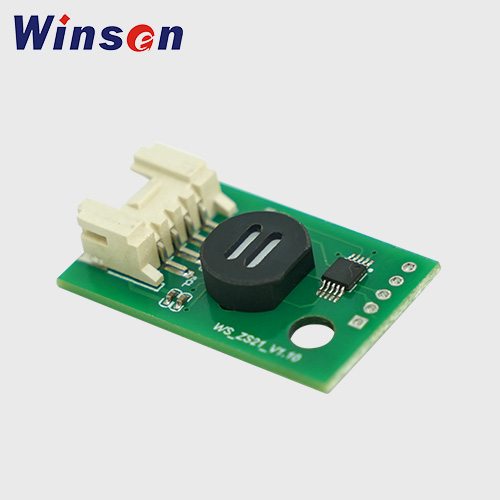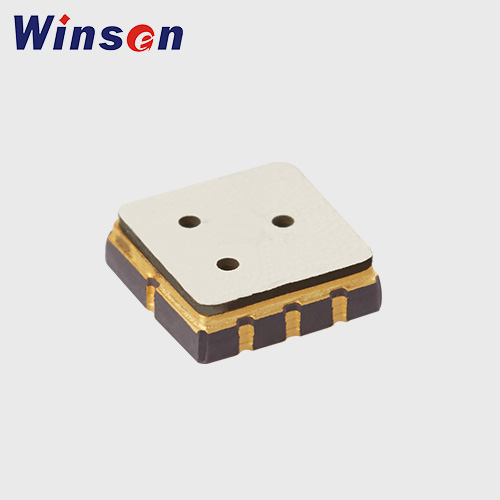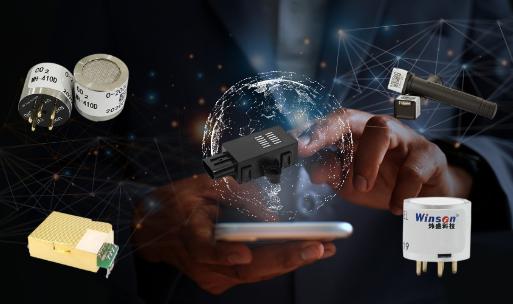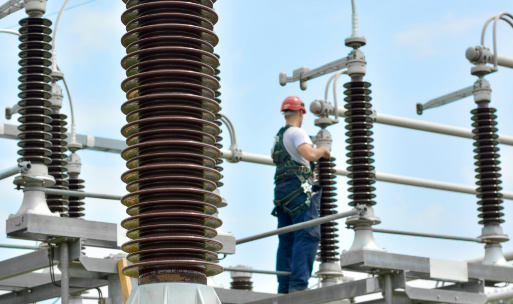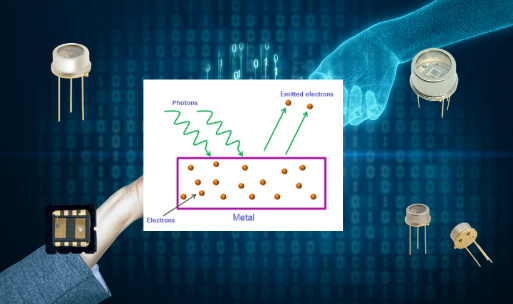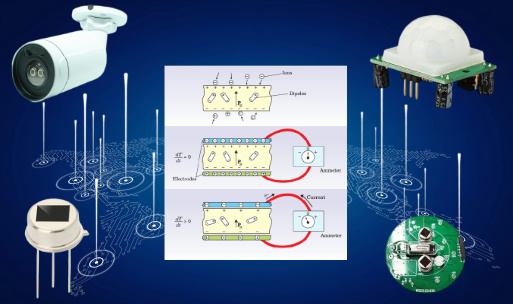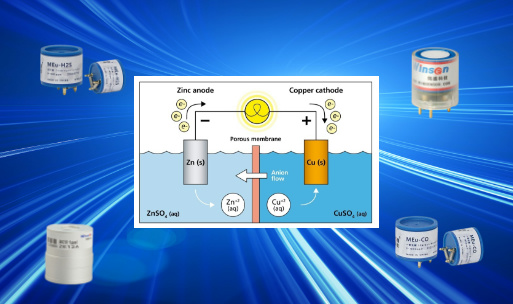Semiconductor Sensors: Principles, Types, and Applications
1. Introduction
In today’s smart world, sensors are everywhere—from smartphones and wearables to industrial automation and environmental monitoring. Among various sensing technologies, semiconductor sensors play a crucial role due to their compact size, cost-effectiveness, and compatibility with integrated circuits.
Semiconductor sensors convert a physical stimulus—like gas concentration, temperature, or light—into an electrical signal using semiconductor materials such as silicon, metal oxides, or compound semiconductors.
2. What is a Semiconductor Sensor?
A semiconductor sensor is a device that utilizes the properties of semiconductor materials to detect changes in physical or chemical conditions and convert them into measurable electrical signals.
These sensors leverage the fact that semiconductors are sensitive to environmental changes, making them ideal for real-time monitoring of gases, temperature, humidity, pressure, and more.
3. Working Principle
The operation of semiconductor sensors is based on changes in electrical conductivity or resistance in response to a stimulus:
- In gas sensors, chemical reactions with target gases change the surface charge of the material, altering conductivity.
- In temperature sensors, the resistance of a semiconductor varies with temperature (thermistor effect).
- In light sensors, the incident light generates electron-hole pairs, increasing current (photoconductive effect).
This stimulus-dependent change is then converted into an electrical signal, amplified, and processed.
4. Types of Semiconductor Sensors
4.1 Gas Sensors
- Detect gases like CO, NO₂, H₂, CH₄, and VOCs.
- Use metal oxide semiconductors (e.g., SnO₂, ZnO).
- Resistance changes in the presence of target gas.
4.2 Temperature Sensors
- Based on thermistors or silicon-based diodes.
- Resistance or voltage output changes with temperature.
4.3 Pressure Sensors
- Use piezoresistive or capacitive effects.
- Convert mechanical deformation into electrical signals.
4.4 Light Sensors
- Include photodiodes, phototransistors, and photoconductive cells.
- Detect light intensity or wavelength.
4.5 Humidity Sensors
- Often capacitive or resistive.
- Use semiconductor polymers or oxides to absorb moisture, changing electrical properties.
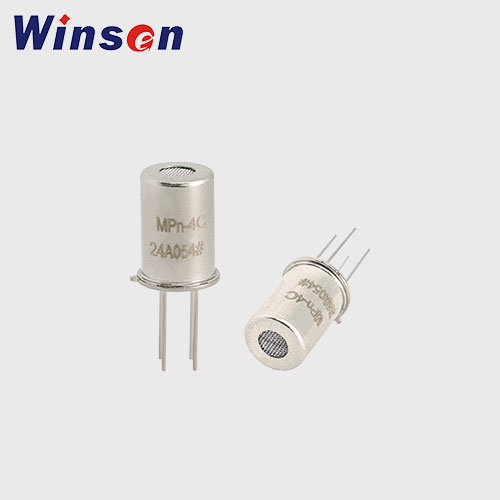
MPn-4C CH4 Methane Flammable Gas Sensor
- CH4, Methane, Natural gas, marsh gas
- 300~10000ppm (methane, natural gas)
- Read More
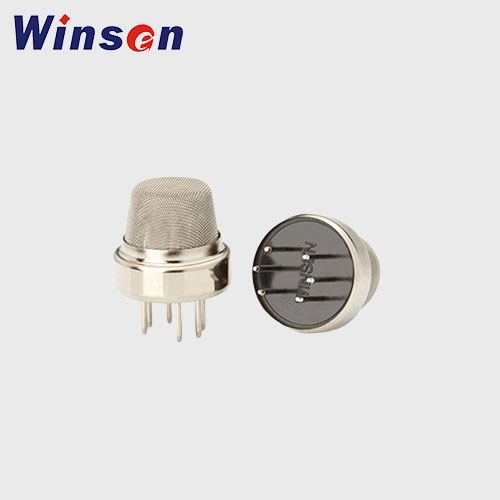
MQ-4 MOS Flammable Gas Sensor for Methane CH4 Detector
- methane CH4, natural gas, flammable gas
- CH4(300-10000ppm)
- Read More
5. Metal Oxide Semiconductor (MOS) Sensors
Definition
MOS sensors are gas sensors that use metal oxide materials to detect gas concentration via adsorption and reaction on the sensor surface.
How It Works
- In air, oxygen is adsorbed on the surface and captures free electrons.
- When a reducing gas (like CO or CH₄) is introduced, it reacts with the adsorbed oxygen, releasing electrons.
- This change in charge alters the sensor’s resistance.
Common Materials
- Tin dioxide (SnO₂)
- Zinc oxide (ZnO)
- Titanium dioxide (TiO₂)
- Tungsten oxide (WO₃)
6. Advantages and Disadvantages
Advantages
- Low cost
- Small size
- High sensitivity
- Easily integrated into electronics
- Fast response and recovery times
Disadvantages
- Selectivity can be limited
- Temperature-dependent performance
- Drift over time
- Requires calibration
7. Fabrication and Materials
Semiconductor sensors are fabricated using techniques such as:
- Photolithography
- Chemical vapor deposition (CVD)
- Sputtering
- Sol-gel methods (for metal oxides)
Common Materials
- Silicon (Si): Base material for many sensors.
- Metal oxides: SnO₂, ZnO, In₂O₃.
- Compound semiconductors: GaAs, SiC for high-temp applications.
- Polymers: Used in flexible or hybrid sensors.
8. Applications of Semiconductor Sensors
| Industry | Application Examples |
|---|---|
| Automotive | Oxygen sensors, cabin air quality monitoring |
| Consumer Electronics | Smartphone light/temperature/gas sensors |
| Industrial | Leak detection, process control, HVAC systems |
| Environmental | Air quality monitoring, toxic gas detection |
| Medical | Breath analysis, biosensing, patient monitoring |
| Agriculture | Greenhouse gas sensors, soil monitoring |
| Smart Buildings | CO₂ monitoring, occupancy detection, ventilation |
9. Comparison with Other Sensor Technologies
| Feature | Semiconductor Sensors | Electrochemical Sensors | Optical Sensors |
|---|---|---|---|
| Cost | Low | Medium | High |
| Sensitivity | High | Very High | Very High |
| Selectivity | Medium | High | High |
| Size | Small | Medium | Varies |
| Lifespan | Long | Short/Moderate | Long |
| Integration Capability | Excellent | Limited | Moderate |
10. Recent Developments
- Nanostructured Materials: Use of nanowires and nanotubes increases surface area and sensitivity.
- Flexible Sensors: Printed or stretchable sensors for wearables.
- Artificial Intelligence: Enhancing gas sensor selectivity through machine learning pattern recognition.
- CMOS Integration: Sensors embedded in chips for ultra-compact devices.
11. Challenges and Limitations
- Cross-sensitivity: One gas affecting detection of another.
- Humidity interference: Changes in moisture affect readings.
- Stability: Long-term drift and degradation of materials.
- Selectivity: Difficulty distinguishing between similar gases.
- High operating temperatures (especially for MOS sensors): May limit applications in portable or battery-operated devices.
12. Future Trends
- Multisensor arrays (Electronic noses): Mimic olfactory systems for complex gas mixtures.
- Integration with IoT: Real-time remote monitoring and smart decision-making.
- Wearable health sensors: For glucose, sweat, and respiratory gas monitoring.
- Low-power sensors: For battery-dependent and autonomous systems.
- Graphene-based sensors: Promising for ultra-sensitive gas detection.
13. FAQs
Q1: What is the typical lifespan of a semiconductor gas sensor?
Most MOS gas sensors last 5–10 years with proper usage and periodic calibration.
Q2: Are semiconductor sensors suitable for detecting multiple gases?
Yes, but they may suffer from cross-sensitivity. Using arrays and AI algorithms can help improve multi-gas detection.
Q3: Can semiconductor sensors work in high-humidity environments?
Some can, but humidity compensation or special coatings are often needed.
Q4: What powers semiconductor sensors?
They are usually powered by low-voltage DC, compatible with standard electronics.
14. Conclusion
Semiconductor sensors are the backbone of many modern sensing systems. Their versatility, affordability, and scalability make them ideal for widespread use in industrial automation, environmental monitoring, healthcare, and consumer electronics.
As the world becomes more connected and smarter, semiconductor sensors will continue to play a key role in shaping how we monitor, interact with, and optimize our environments. With ongoing advancements in nanotechnology, materials science, and AI, the capabilities of semiconductor sensors are expanding rapidly, opening doors to new applications and smarter solutions.
